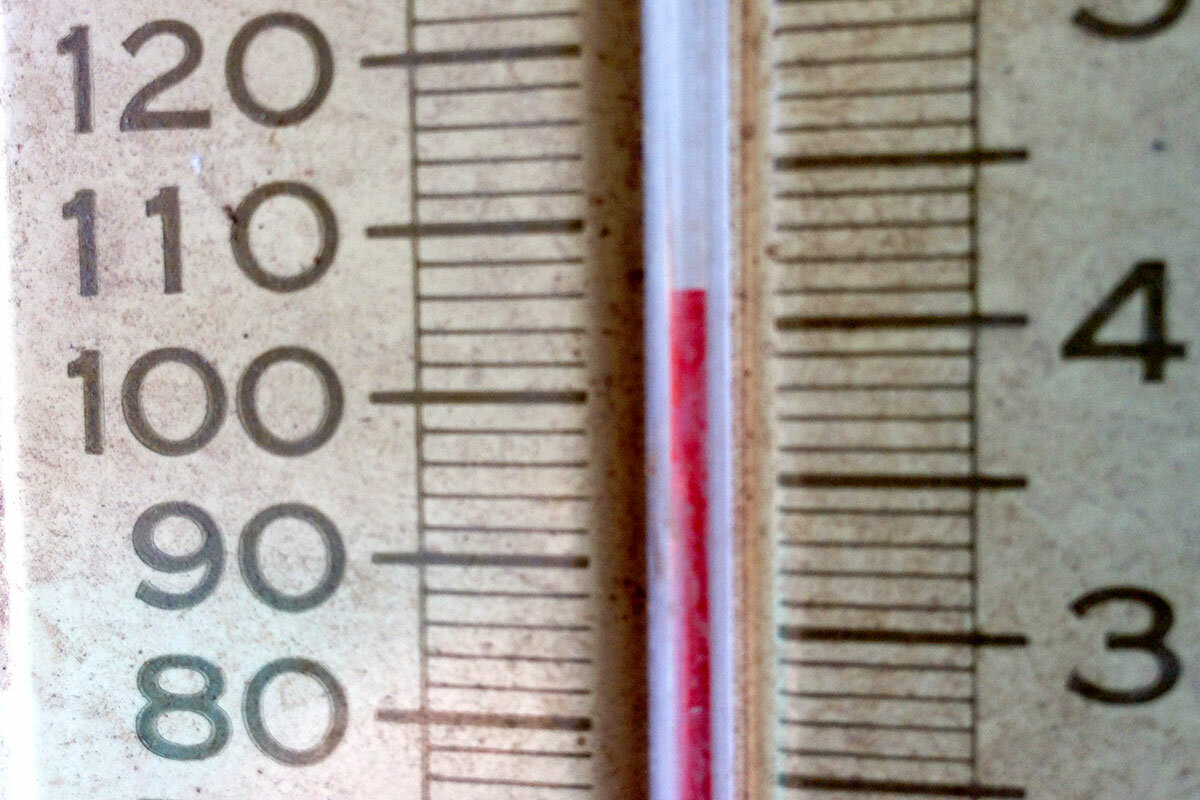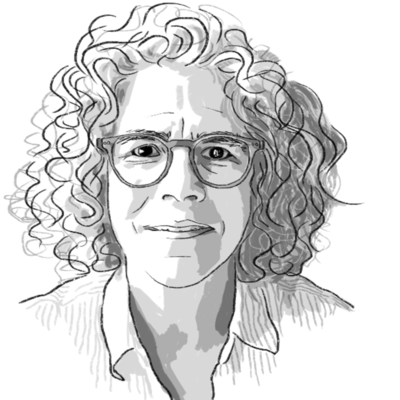Some like it hot

 Clara Germani
Clara Germani
As summer heat waves start hitting, I think of my childhood in the California desert towns of El Centro and Blythe – often the nation’s hottest spots.
As staff writer Luke Cregan reports today, a heat wave is relative: It’s the lingering of “abnormally” high heat. But what about a place where three-digit temperatures are not abnormal – when every summer day hits 100-and-something?
I know heat waves can be deadly, but where desert heat is the norm, it can actually be a fond memory. That’s especially true for those of us 1950s, ’60s, ’70s kids who ran barefoot like wily coyotes from one telephone pole shadow to the next and on white painted road lines which were “cooler” than the sizzling asphalt. I know this from experience, but also from desert community Facebook pages where I posted the question: “How did we do it?”
I got more than 200 comments. Desert natives are proud of their toughness under the searing sun and nostalgic about the trade-offs. They recall stepping out into 120-degree air wearing hoop earrings that burned their neck before they got to the car. They remember the bank sign on Main Street that blinked “114-degrees, 9:40 p.m.” But then they could detour to the lavish chill of AC at the public library or movie theater, float a hundred-pound block of ice in a swimming pool, or stop to sip from any old garden hose (no one carried water, no one).
Commenter Dennis Schwettman recalls that his mom – a waitress – owned a house near El Centro in the 1950s with no AC, no evaporative “swamp” cooler. “I didn’t know it was a hardship” to sleep in 100-plus-degree heat wrapped in a wet sheet, he told me by phone.
How did we do it? We adapted.
We’re adapting still.




